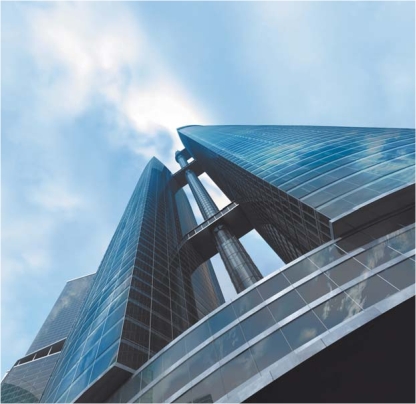Once again about skyscrapers.
Nowadays they say and write a lot that in our climatic conditions, and even in the absence of experienced specialists in Russia, skyscrapers building is dangerous.
But, for example, in Toronto, which is very close to us in climate, high-rise buildings are being built well. There are also places with much more difficult conditions: seismically active Japan, Singapore, where it is necessary to drive 200-meter (!) piles to support the soil (we, by the way, use only 30-meter piles), the Emirates with their sandstorms and wild heat. And similar construction is going on everywhere.
As for the Federation skyscraper, from the point of view of “physical life” this skyscraper will stand for more than 100 years. It is taken into account that the condition of structures and engineering systems will be constantly monitored. But this period is much longer than the “moral” one: when the tower is finished, it will inevitably be a little outdated. All that can be done is to try to neutralize this process by making changes during construction.
The construction of “high-rise buildings” is a kind of technological challenge. In accordance with Russian state standards, they belong to buildings of the I level of responsibility, which means they require careful study at the design stage. Until recently, one of the main problems of high-rise construction in Russia was the lack of building codes and regulations for buildings higher than 75 meters, and therefore each high-rise project required individual approval from many institutes (NII OSP, Federal State Unitary Enterprise KTB ZhB, GSPI, Scientific Research Institute «Mosstroy» , FAPS (“Rostroy”), which increased the cost of construction and its duration.
But now we can breathe a sigh of relief: last year, the regulatory framework for high-rise housing construction, which had been developed over several years, was finally approved. As officials explain, this process has been delayed for the reason that the base itself is very complex; many specialists were involved in its development, who “honed” sections of this document in detail.
Moscow stands on fluvioglacial sands and clays, to build on A number of experts categorically do not recommend them for heavy houses. This is not New York or Kuala Lumpur, firmly established on rock. The mass of even the smallest Moscow high-rise building is 150,000 tons, and it is unknown how the soil will behave in 10-15 years. However, to be fair, it is worth noting that the construction of 60-story skyscrapers in Singapore, built… in the middle of the ocean, and Las Vegas, which grew up on the sands of the Nevada desert, and the “high-rise buildings” of Monte Carlo, built on water, were thoroughly criticized.
In response to such attacks, other experts say that although Moscow land is not the most ideal site for construction, it is quite possible to work on it. You can build on almost any soil if you do it correctly. In other words, the problem is not in the soil, but in the qualifications and conscientiousness of the builders.
